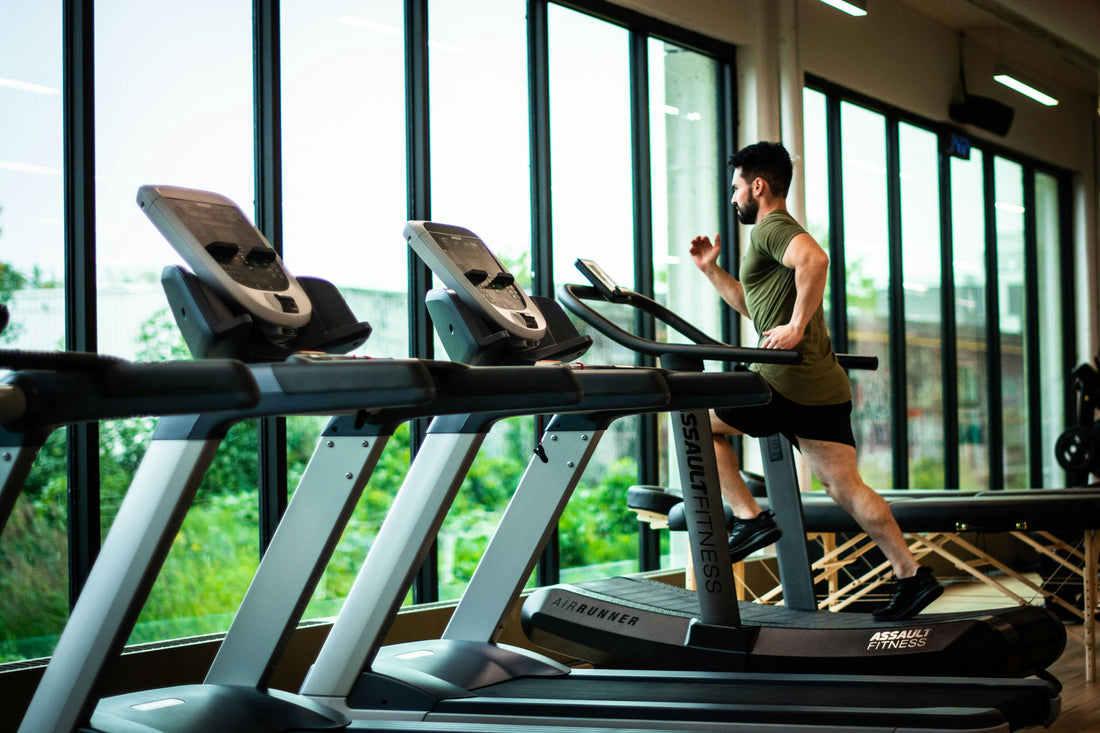
Zone 2 Training: What It Is and Why It Matters
Share
If you're into endurance sports, you've probably heard people talking about “Zone 2 training.” It’s become a hot topic in cycling, running, and fitness circles. But what does it actually mean, and why is it so important for improving your performance and fitness?
Let’s break it down in a way that’s easy to understand—and more importantly, easy to use in your own training.
What Is Zone 2 Training?
Zone 2 is a low-intensity training zone that sits just below your first “lactate threshold.” This is the point where your body starts producing more lactate than it can clear, which usually happens when exercise intensity starts to feel tough.
In practical terms, Zone 2 is where you can hold a conversation, breathe steadily, and keep going for a long time—usually at about 70–80% of your maximum heart rate. It's hard enough to give you a solid workout, but not so hard that you burn out quickly.
How to Know You’re in Zone 2
You can find your Zone 2 intensity using a few different methods:
- Heart rate: About 70–80% of your max heart rate
- Perceived effort: It should feel comfortable, maybe a 2–3 out of 10
- Breathing: You can talk in full sentences
- Lactate level: Around 1–2 mmol/L (for advanced athletes using lab testing)
No need for fancy equipment. If you’re breathing a little heavier than resting but can still chat easily, you’re probably in Zone 2.
Ways to Train in Zone 2
Experts suggest three main methods:
-
Continuous training: Long, steady rides or runs over 2 hours at a steady Zone 2 pace.
-
Variable training: A mix of Zone 2 and easier efforts to break up the monotony (e.g., 5 minutes Zone 2, 1 minute easier).
- Intervals: Doing Zone 2 work between harder intervals or at the end of a session to keep building endurance.
The most popular among coaches is long, steady Zone 2 sessions. These build endurance without overloading the body.
Why Zone 2 Training Works
Zone 2 might not feel intense, but it triggers important changes inside your body. Experts say it improves:
- Muscle endurance by boosting capillaries and mitochondria (your cells’ energy engines)
- Fat burning and energy efficiency
- Mental resilience, especially on long rides or runs
- Durability, or how well you maintain performance over time
It can also slightly raise your VO₂ max and power output without the stress of high-intensity sessions.
Tips for Better Zone 2 Workouts
- Use a heart rate monitor or perceived effort scale to stay in the right zone.
- Stay hydrated—long sessions can dehydrate you over time.
- Don’t worry about speed or pace; focus on consistency and staying in the zone.
- Start with 60–90 minutes and build up to longer durations if you're new to it.
Final Thoughts
Zone 2 training may not be flashy, but it’s one of the best ways to build your aerobic base and boost performance. Whether you're a cyclist, runner, or just want to get fitter, regular low-intensity work done right can make a big difference.
So next time you head out for a workout, slow down a little and let Zone 2 do its magic.
